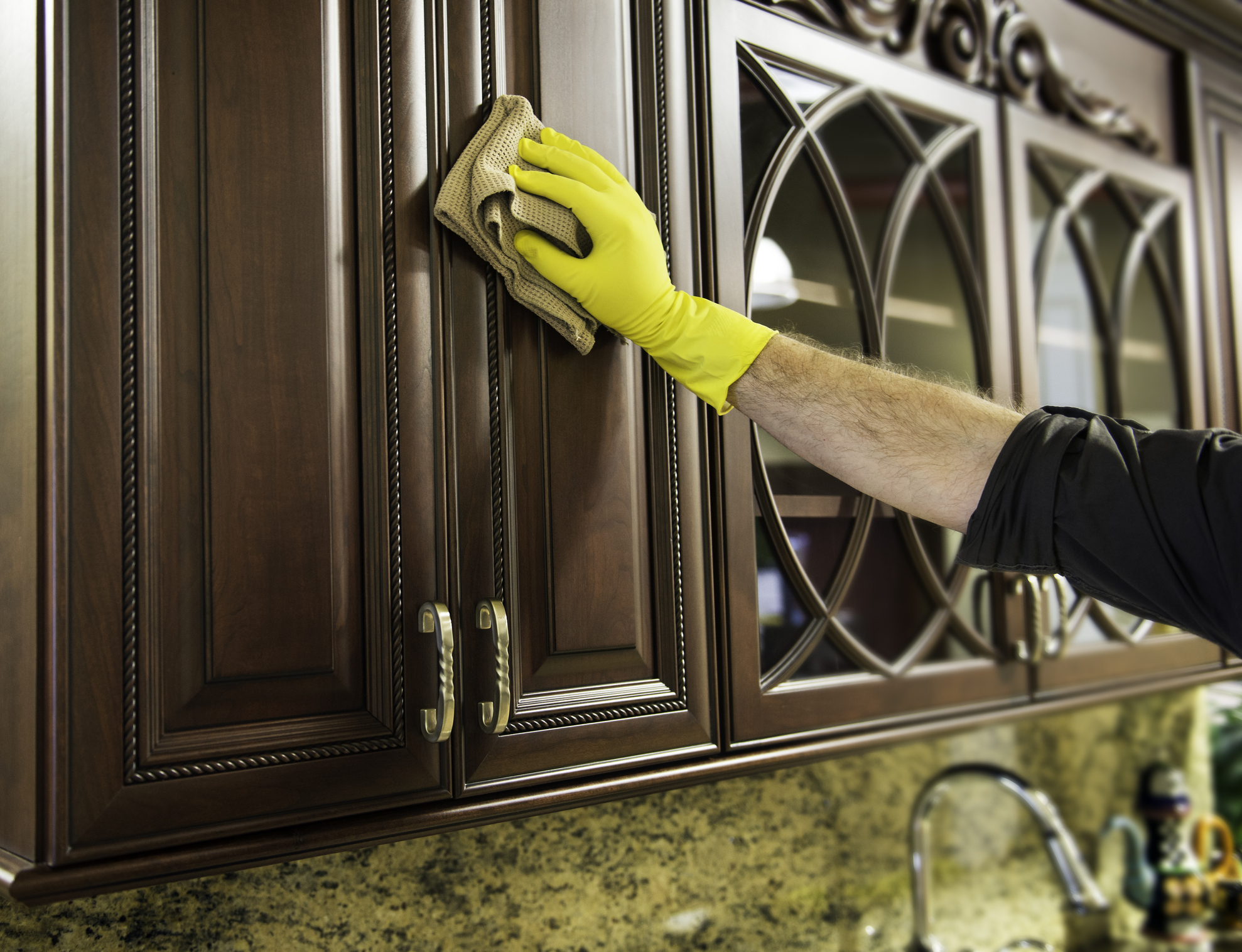

Articles
How To Clean Wood Cabinet Doors
Modified: January 19, 2024
Learn the best way to clean wood cabinet doors and keep your home looking pristine. Home maintenance tips for maintaining the natural beauty of your cabinets.
(Many of the links in this article redirect to a specific reviewed product. Your purchase of these products through affiliate links helps to generate commission for Storables.com, at no extra cost. Learn more)
Introduction
Wood cabinet doors can add a touch of elegance and warmth to any room. However, over time, they can accumulate dust, dirt, grease, and other residues that can dull their appearance. Regularly cleaning and maintaining wood cabinet doors not only keeps them looking beautiful, but also helps extend their lifespan.
In this article, we will guide you through the process of effectively cleaning wood cabinet doors. Whether you have kitchen cabinets or furniture with wooden doors, these steps will help you achieve a clean and polished finish. So, let’s dive in and learn how to bring back the natural beauty of your wood cabinet doors!
Key Takeaways:
- Regularly cleaning and maintaining wood cabinet doors with gentle soap, proper drying, and optional wood polish or conditioner can preserve their natural beauty and extend their lifespan, ensuring a timeless and stunning feature in your home.
- Implementing regular maintenance and prevention tips, such as wiping spills immediately, avoiding excessive moisture, and dusting regularly, helps to maintain the cleanliness, beauty, and functionality of wood cabinet doors for years to come.
Step 1: Gather the necessary cleaning supplies
The first step in cleaning wood cabinet doors is to gather the necessary supplies. By having everything prepared beforehand, you can save time and ensure that you have the right tools for the job. Here are some essential cleaning supplies you will need:
- Gentle soap or wood cleaner: Look for a mild, non-abrasive soap or specifically formulated wood cleaner. Avoid using harsh chemicals or abrasive cleaners, as they can damage the wood finish.
- Microfiber cloths or soft sponges: These are ideal for gently wiping down the cabinet doors without scratching or leaving lint behind.
- Bucket or basin: Fill it with warm water to dilute the soap solution.
- Dusting cloth or feather duster: These are used to remove loose dust and debris from the cabinet doors before cleaning.
- Old toothbrush or small brush: This will come in handy for cleaning crevices and hard-to-reach areas.
- Vinegar or lemon juice (optional): These natural ingredients can be used as an alternative to soap for a chemical-free cleaning option.
- Wood polish or conditioner (optional): If you want to restore the shine and nourish the wood, you can consider using a wood polish or conditioner.
Once you have gathered these supplies, you are ready to move on to the next step of the cleaning process. It’s important to use the right cleaning products and tools to protect the wood and maintain its quality and appearance.
Step 2: Remove dust and loose debris
Before diving into the actual cleaning process, it’s important to remove any dust and loose debris from the wood cabinet doors. This step helps prevent scratching the surface and ensures that the cleaning solution can effectively penetrate and clean the wood.
To remove dust and loose debris, follow these simple steps:
- Start by using a dusting cloth or feather duster to gently sweep away any loose dust particles from the cabinet doors. Be thorough and pay attention to the corners and edges.
- If there are any stubborn areas or crevices where dust has accumulated, you can use an old toothbrush or a small brush to carefully dislodge the debris.
- Alternatively, you can use a vacuum cleaner with a soft brush attachment to gently remove the dust. Ensure that the brush attachment is clean and free from any debris that could scratch the wood.
By removing dust and loose debris before cleaning, you create a clean surface for the next steps. This ensures that the cleaning solution can work effectively without being hindered by dirt or particles that might scratch the wood surface.
Once you have completed this step, you are ready to move on to the next step of the cleaning process, where you will learn how to clean the wood cabinet doors with a gentle soap solution.
Step 3: Clean cabinet doors with a gentle soap solution
Now that you have removed the dust and loose debris from the wood cabinet doors, it’s time to move on to the actual cleaning process. Using a gentle soap solution is an effective way to remove dirt, grease, and other residues from the wood surface.
Follow these steps to clean the cabinet doors with a gentle soap solution:
- Fill a bucket or basin with warm water.
- Add a small amount of gentle soap or wood cleaner to the water. Be sure to follow the instructions on the product label for the correct dilution ratio.
- Dip a microfiber cloth or soft sponge into the soapy water, ensuring it is well saturated but not dripping.
- Gently wipe down the entire surface of the wood cabinet doors, using circular motions. Pay attention to any areas with stubborn stains or spills.
- For extra cleaning power, you can use an old toothbrush or small brush to scrub any hard-to-remove dirt or grime. Be gentle to avoid scratching the wood finish.
- Continue wiping and scrubbing until the cabinet doors are thoroughly cleaned.
It’s important to note that excessive moisture can damage the wood, so make sure the cloth or sponge is only slightly damp, not soaking wet. If needed, wring out any excess water before using it on the cabinet doors.
Additionally, avoid using abrasive scrubbers or rough materials that can scratch or damage the wood surface. Stick to soft and non-abrasive tools to ensure the integrity of the wood is maintained.
Once you have finished cleaning the cabinet doors with the gentle soap solution, proceed to the next step where you will learn how to wipe down the doors with a damp cloth.
Step 4: Wipe down cabinet doors with a damp cloth
After cleaning the wood cabinet doors with a gentle soap solution, the next step is to wipe them down with a damp cloth. This step helps to remove any soap residue and ensures a thorough cleaning.
Follow these steps to effectively wipe down the cabinet doors:
- Take a clean, damp microfiber cloth and wring out any excess water.
- Gently wipe down the entire surface of the wood cabinet doors, ensuring to remove any soap or cleaner residue.
- Pay particular attention to any crevices or hard-to-reach areas where soap residue might accumulate.
- If necessary, rinse the cloth and repeat the wiping process to ensure a complete removal of any remaining residue.
It’s important to use a damp cloth rather than a wet one to prevent excessive moisture from damaging the wood. Avoid saturating the cloth with water and wring it out well before wiping down the cabinet doors.
During the wiping process, you may notice that the cloth becomes dirty or discolored. This is a good sign, as it means you are effectively removing dirt and residue from the wood surface.
Once you have finished wiping down the cabinet doors with a damp cloth, proceed to the next step where you will learn how to dry and polish the doors to achieve a beautiful shine.
To clean wood cabinet doors, mix a solution of mild dish soap and warm water. Use a soft cloth to gently wipe down the doors, then dry immediately with a clean cloth to prevent water damage. Avoid using harsh chemicals or abrasive materials that can damage the wood finish.
Read more: How To Paint A Wood Cabinet
Step 5: Dry and polish cabinet doors
After wiping down the wood cabinet doors with a damp cloth, it’s important to dry them thoroughly to prevent any water damage. Once dry, you can then proceed to polish the doors, enhancing their natural beauty and adding a lustrous shine.
Follow these steps to dry and polish the cabinet doors:
- Take a clean, dry microfiber cloth and gently wipe down the entire surface of the wood cabinet doors.
- Ensure that all moisture is removed, paying close attention to any areas where water may have accumulated, such as corners and edges.
- Once the cabinet doors are dry, you can proceed to polish them. There are different options for wood polish, including commercial products or natural alternatives such as olive oil or beeswax.
- If you are using a commercial wood polish, follow the instructions on the product label for the best results. Apply a small amount of polish to a clean cloth and gently rub it onto the surface of the wood in circular motions.
- If you prefer a natural alternative, you can use a small amount of olive oil or melted beeswax on a clean cloth. Rub it onto the wood surface, again using circular motions.
- Continue polishing until you achieve the desired shine and the wood absorbs the polish.
During the polishing process, be cautious not to apply too much polish or oil, as this can result in a greasy or sticky residue. Use a light hand and a minimal amount to avoid build-up or damage to the wood finish.
Polishing the wood cabinet doors not only enhances their appearance but also provides some protection for the wood. The polish acts as a barrier against moisture and helps to maintain the natural beauty of the wood.
Once you have finished drying and polishing the cabinet doors, proceed to the next step where you will learn about optional maintenance steps, such as applying a wood polish or conditioner.
Step 6: Apply a wood polish or conditioner (optional)
In addition to the regular cleaning and polishing routine, you may choose to apply a wood polish or conditioner to further enhance the appearance and longevity of your wood cabinet doors. This step is optional and can be done periodically to maintain the wood’s natural beauty.
Here’s how to apply a wood polish or conditioner:
- Choose a high-quality wood polish or conditioner that is suitable for the type of wood used in your cabinet doors. Consider products that contain natural ingredients and do not contain any harsh chemicals.
- Before applying the polish or conditioner, ensure that the cabinet doors are clean and dry.
- Take a clean, soft cloth and apply a small amount of the polish or conditioner to it.
- Gently rub the cloth onto the wood surface, following the grain of the wood. Apply an even layer, making sure to cover the entire surface of the cabinet doors.
- Allow the wood polish or conditioner to penetrate the wood for the recommended amount of time as mentioned on the product label.
- Using a clean, dry cloth, buff the cabinet doors in a circular motion to remove any excess polish or conditioner and to achieve a smooth, shiny finish.
Applying a wood polish or conditioner helps to nourish and protect the wood, preserving its natural beauty and preventing it from drying out or developing cracks. It can also add a layer of protection against moisture and other environmental factors.
Remember to follow the instructions provided by the manufacturer of the wood polish or conditioner for the best results and to avoid over-application, which could lead to a buildup of product on the wood surface.
Once you have completed this optional step, your wood cabinet doors will have received the extra care and maintenance needed to keep them looking their best for years to come.
Proceed to the final step for some valuable tips on regular maintenance and prevention to maintain the cleanliness and longevity of your wood cabinet doors.
Step 7: Regular maintenance and prevention tips
To ensure that your wood cabinet doors remain clean and in good condition, it’s important to implement regular maintenance and preventive measures. These simple yet effective tips will help prolong the life of your cabinets and keep them looking their best:
- Wipe spills immediately: Accidents happen, but it’s important to wipe up any spills or stains on your wood cabinet doors as soon as possible. This prevents the liquid from seeping into the wood and causing damage or discoloration.
- Avoid excessive moisture: Wood and excessive moisture don’t mix well. Be cautious when cleaning your cabinets and make sure to thoroughly dry them after using water or cleaning solutions. Excessive moisture can cause warping, cracking, or mold growth on the wood surface.
- Use trivets and coasters: When placing hot dishes or glasses on your wood cabinet doors, use trivets or coasters to protect the surface from heat, moisture, and potential scratches. This helps prevent damage caused by direct contact with hot items.
- Dust regularly: Dust and dirt can accumulate on your cabinets over time. Regularly dusting with a soft cloth or feather duster helps to prevent the buildup of debris that can scratch the wood surface.
- Avoid abrasive cleaners and tools: Harsh chemicals, abrasive cleaners, and rough tools can damage the finish of your wood cabinet doors. Stick to gentle cleaning solutions and soft cloths or sponges to prevent any unintentional harm.
- Keep away from direct sunlight: Prolonged exposure to direct sunlight can cause the wood to fade or discolor. If possible, position your cabinets away from direct sunlight or use window coverings to protect them.
- Regularly inspect and repair: Periodically inspect your wood cabinet doors for any signs of damage, such as scratches, chips, or loose hardware. Promptly address any issues to prevent further damage and ensure the longevity of your cabinets.
By incorporating these regular maintenance and prevention tips into your cleaning routine, you can maintain the cleanliness, beauty, and functionality of your wood cabinet doors for years to come.
Congratulations! You have successfully completed all the steps necessary to effectively clean and maintain your wood cabinet doors. By following these guidelines, your cabinets will continue to shine and enhance the overall aesthetic of your space.
With regular care and maintenance, your wood cabinet doors will remain a timeless and stunning feature in your home.
Remember, always refer to the manufacturer’s recommendations or consult a professional if you have specific concerns or questions about cleaning and maintaining your unique wood cabinets.
Thank you for taking the time to learn how to clean wood cabinet doors. We hope this guide has been helpful and that your cabinets will continue to bring joy and beauty to your everyday life.
Conclusion
Cleaning and maintaining wood cabinet doors is essential for preserving their natural beauty and ensuring their longevity. By following the steps outlined in this guide, you can effectively clean your wood cabinet doors and keep them looking their best for years to come.
From gathering the necessary cleaning supplies to removing dust and loose debris, cleaning with a gentle soap solution, wiping down with a damp cloth, and drying and polishing the doors, each step is crucial in achieving a clean and polished finish.
Applying a wood polish or conditioner is an optional step that provides extra nourishment and protection to the wood, while regular maintenance and prevention tips help to extend the life of your cabinets and prevent any potential damage.
Remember to always use gentle cleaning products and tools to avoid scratching or damaging the wood surface. Additionally, promptly cleaning up any spills and regularly inspecting and repairing any issues will help maintain the overall cleanliness and functionality of your wood cabinet doors.
By incorporating these maintenance practices into your cleaning routine, your wood cabinetry will continue to enhance the aesthetic appeal of your space, bringing warmth and elegance to your home.
Thank you for taking the time to learn how to clean wood cabinet doors. We hope this guide has provided you with valuable insights and practical tips for maintaining the beauty and longevity of your cabinets. By taking care of your wood cabinets, you can enjoy their stunning appearance and durability for years to come.
Happy cleaning!
Frequently Asked Questions about How To Clean Wood Cabinet Doors
Was this page helpful?
At Storables.com, we guarantee accurate and reliable information. Our content, validated by Expert Board Contributors, is crafted following stringent Editorial Policies. We're committed to providing you with well-researched, expert-backed insights for all your informational needs.
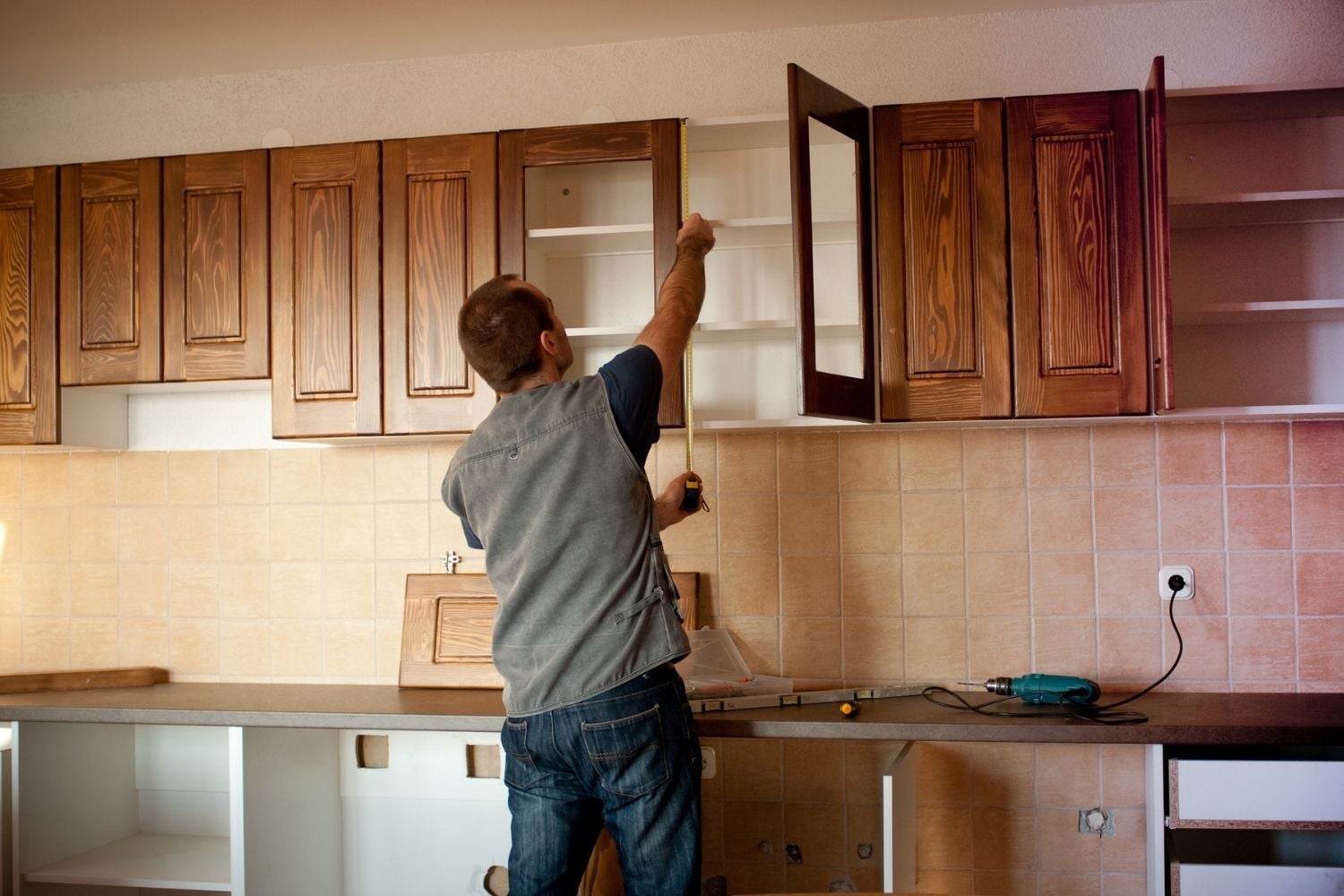
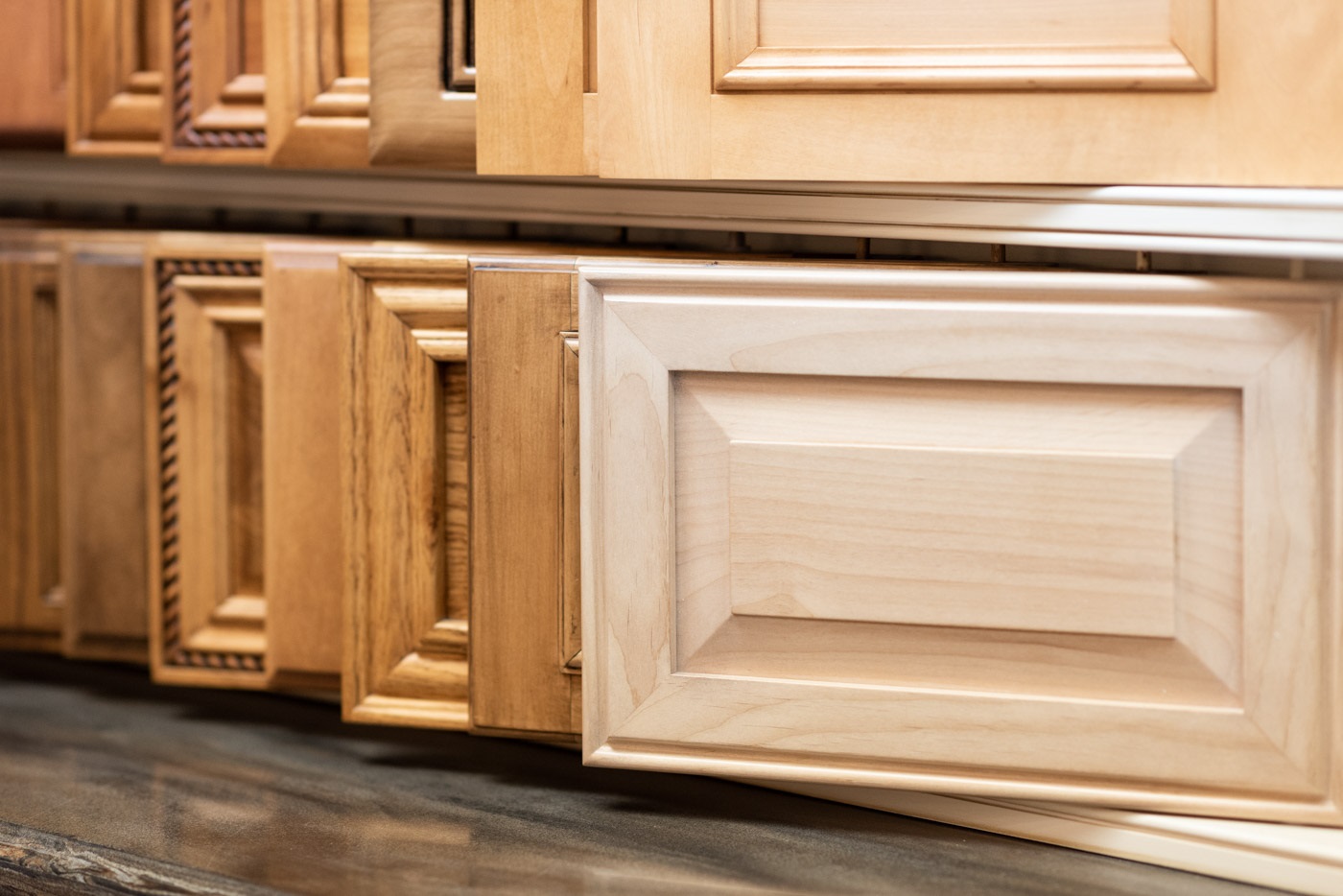
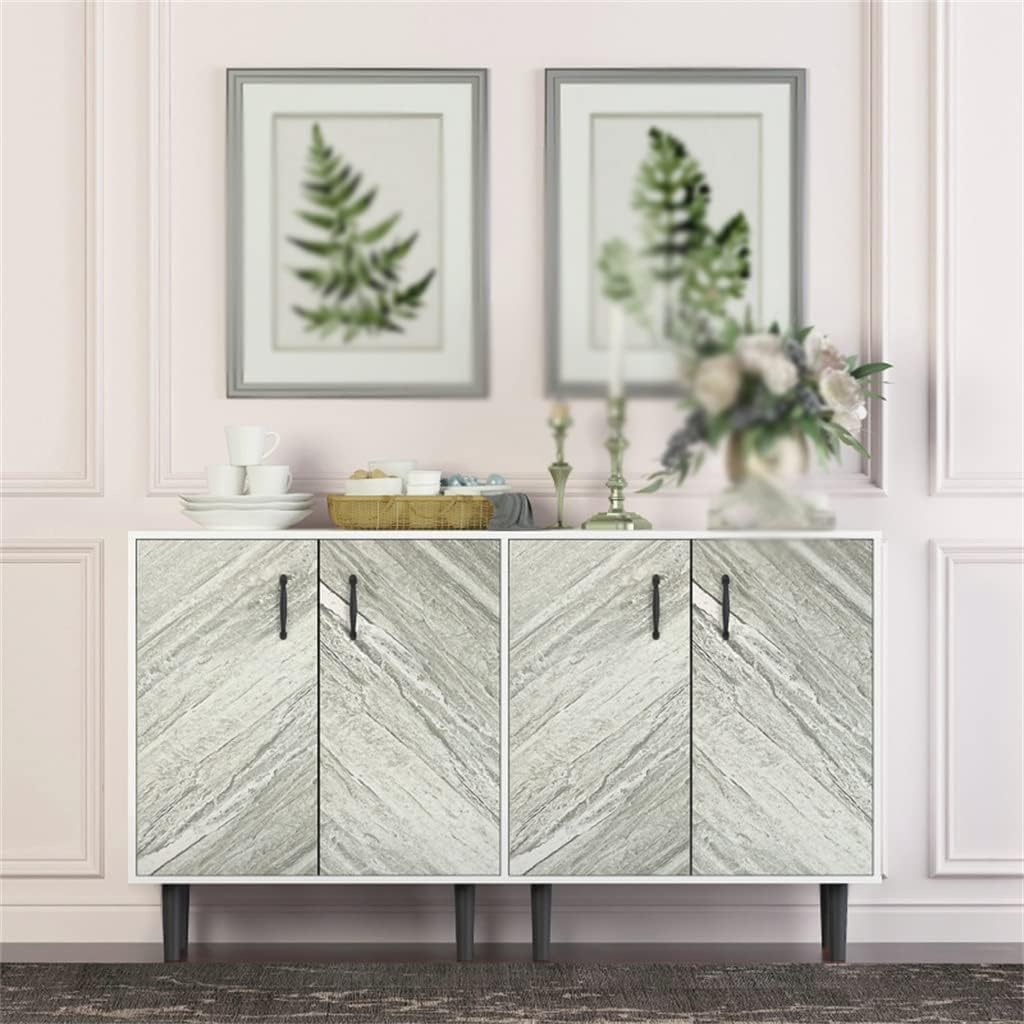
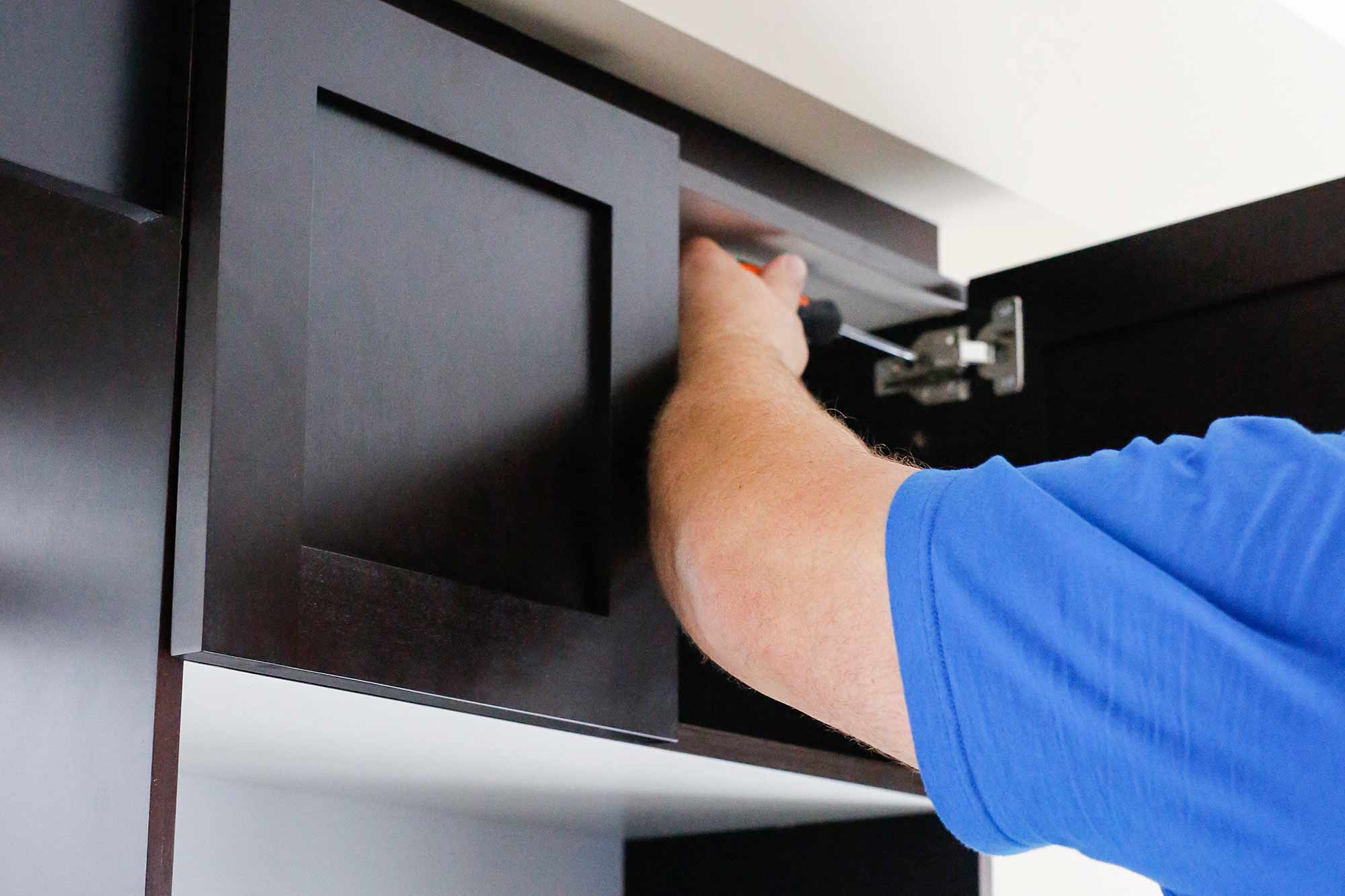
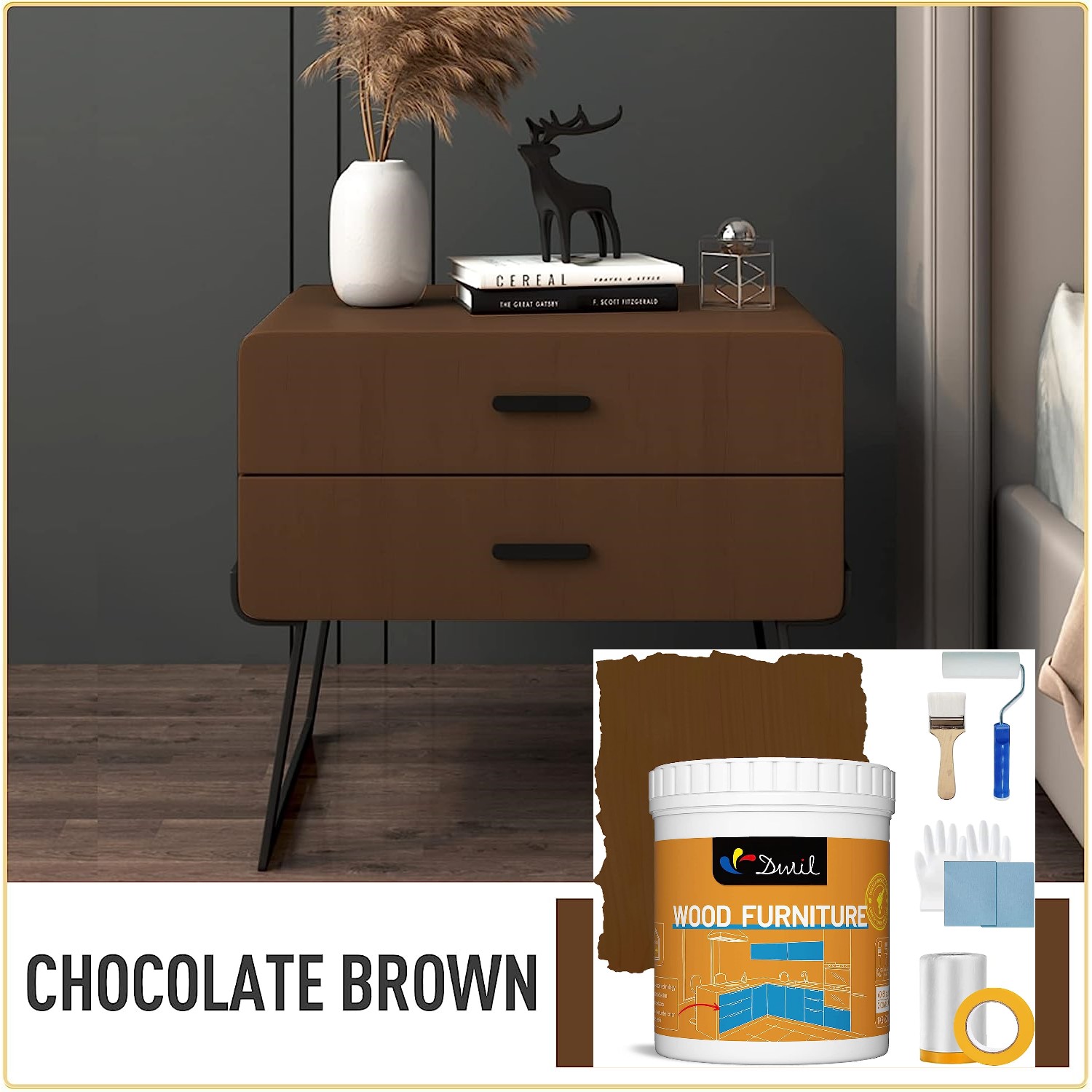
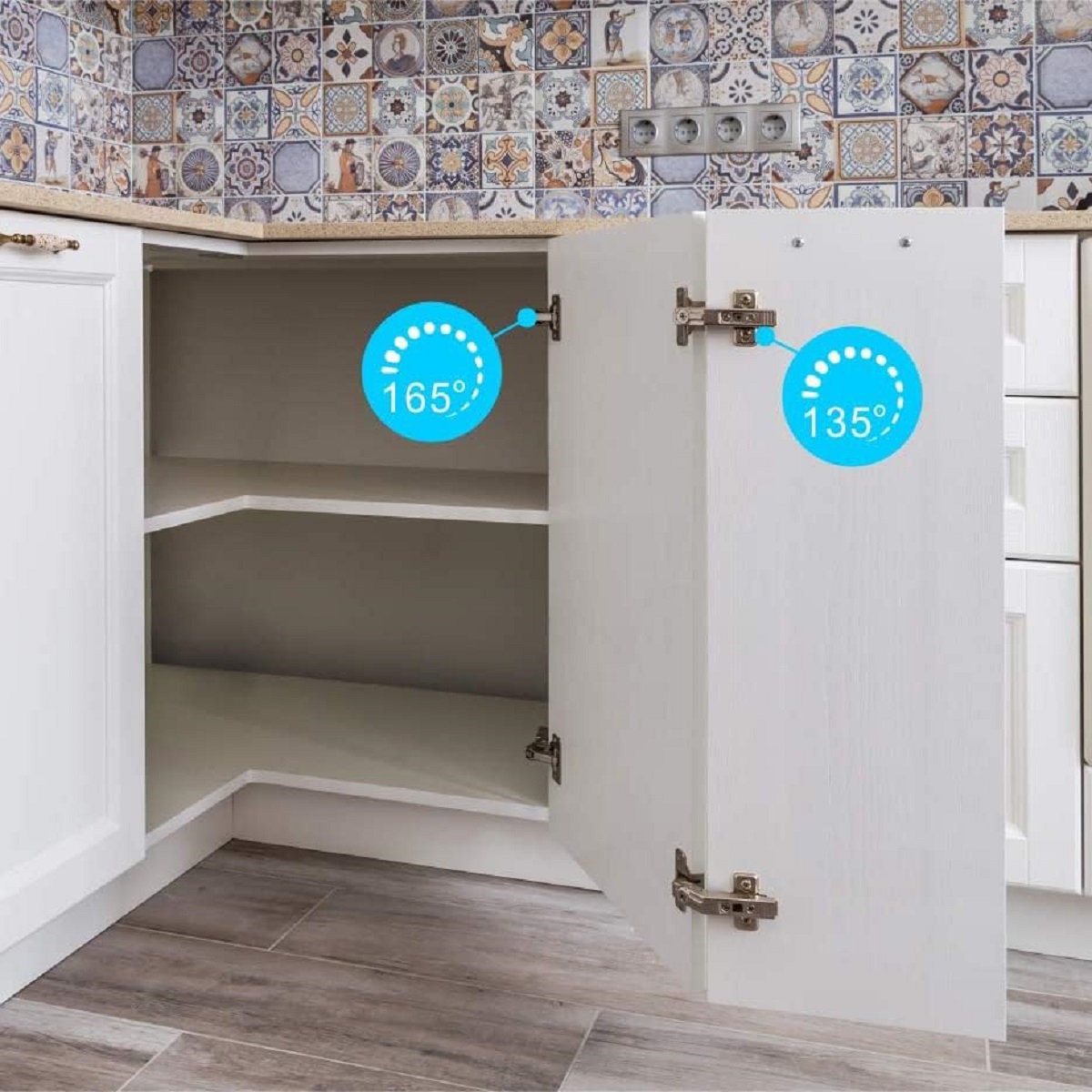
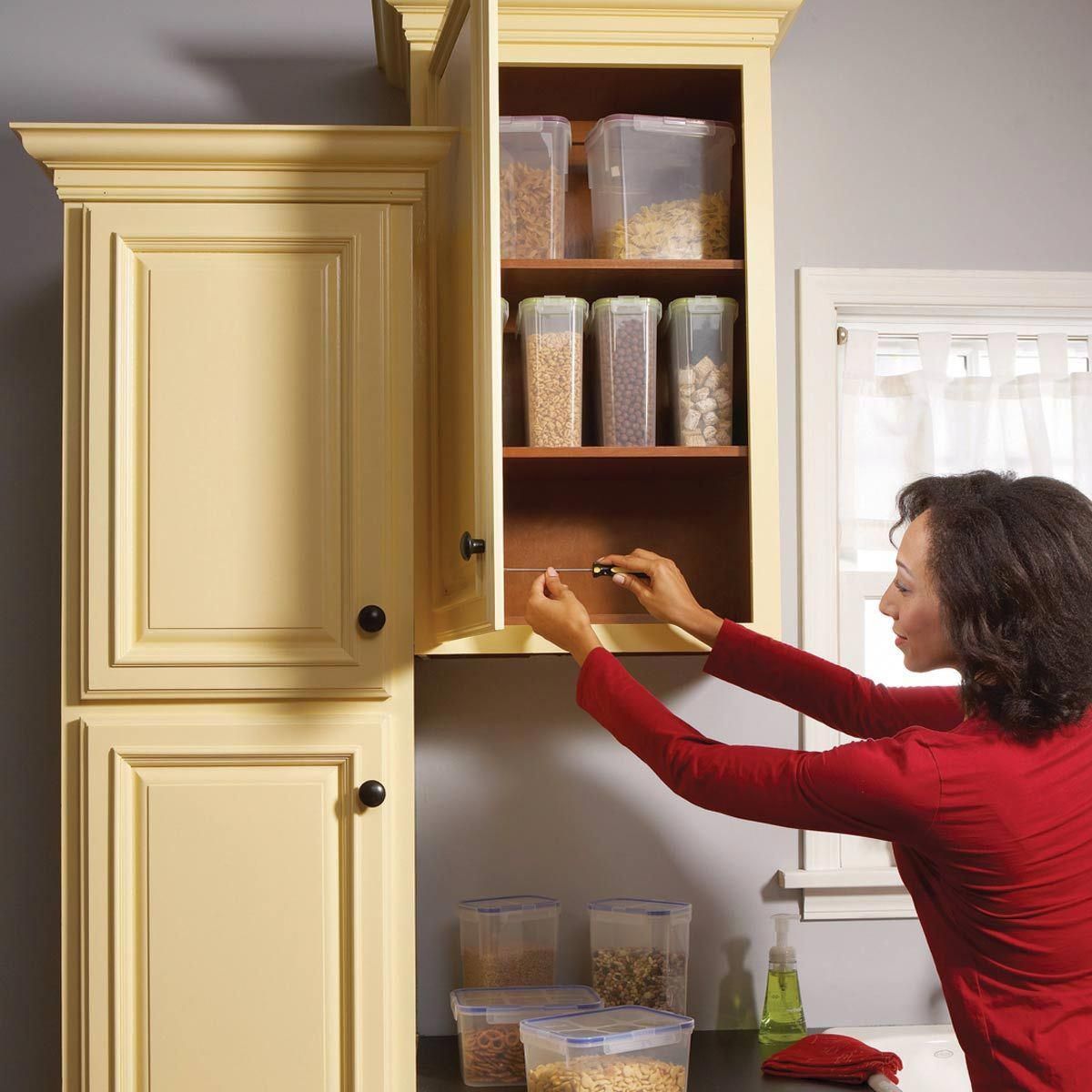
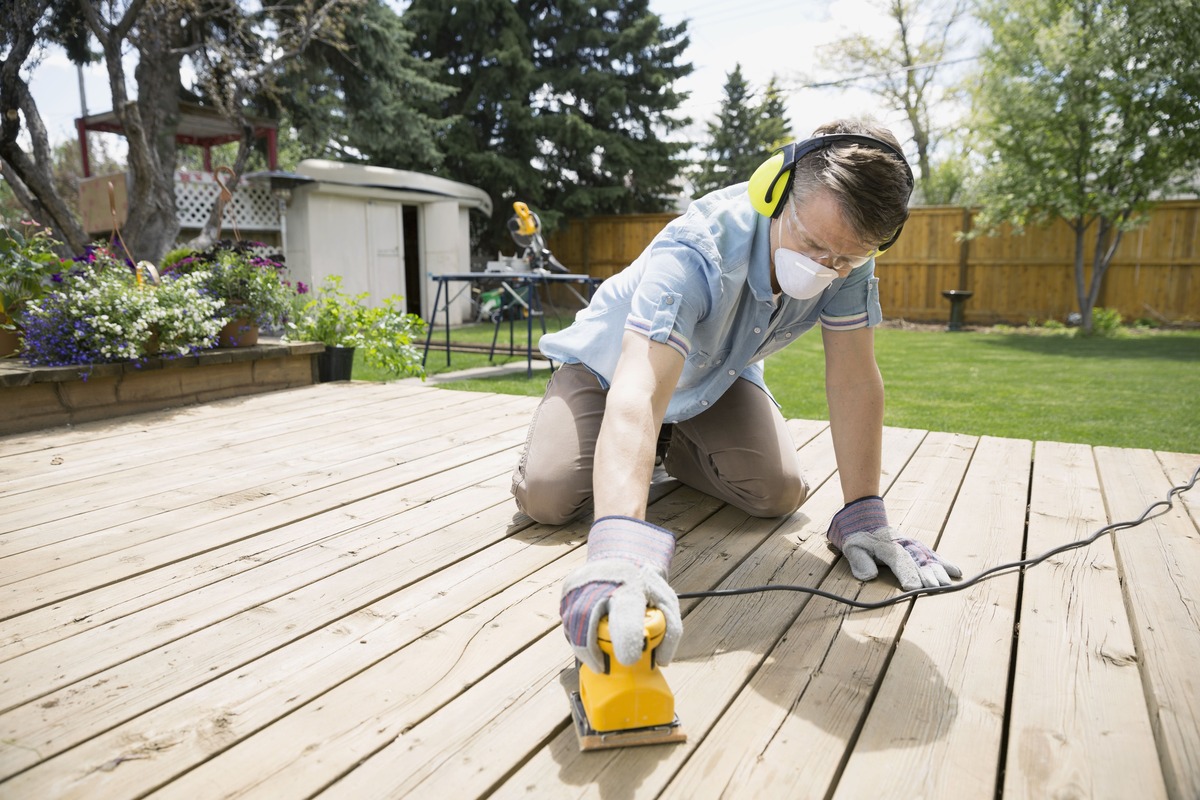
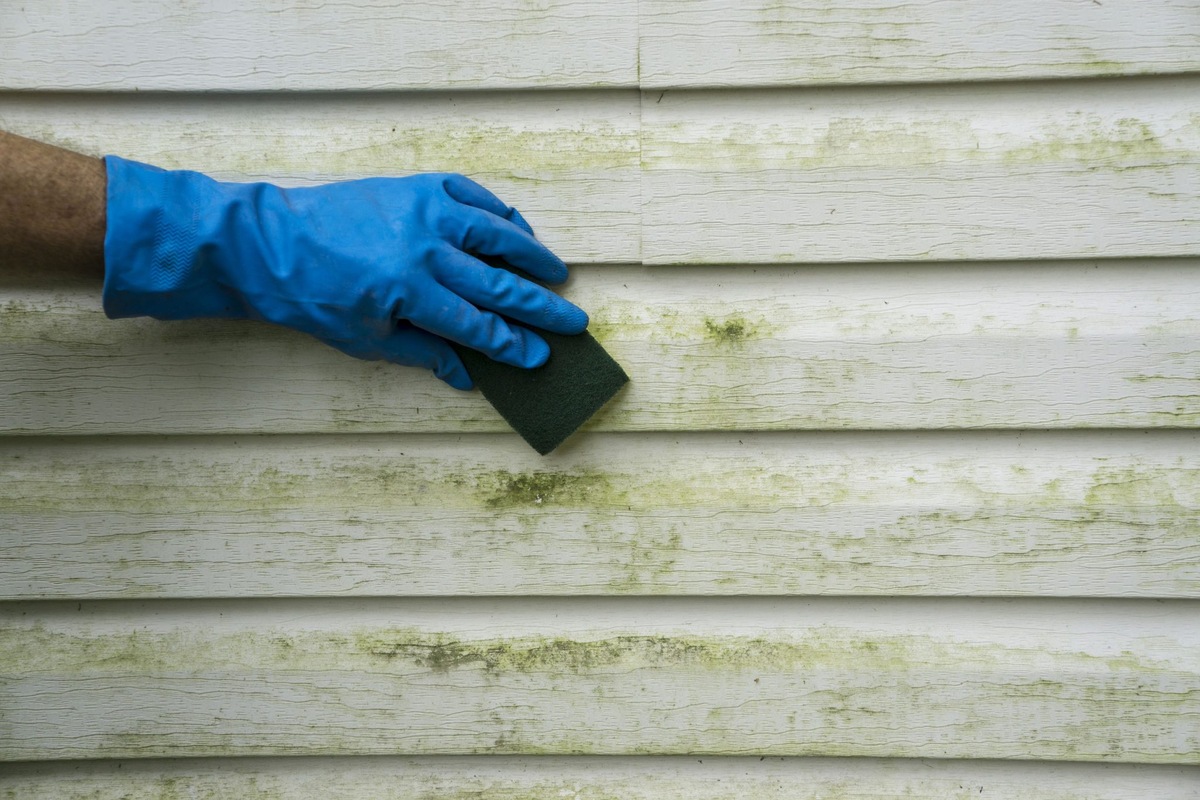
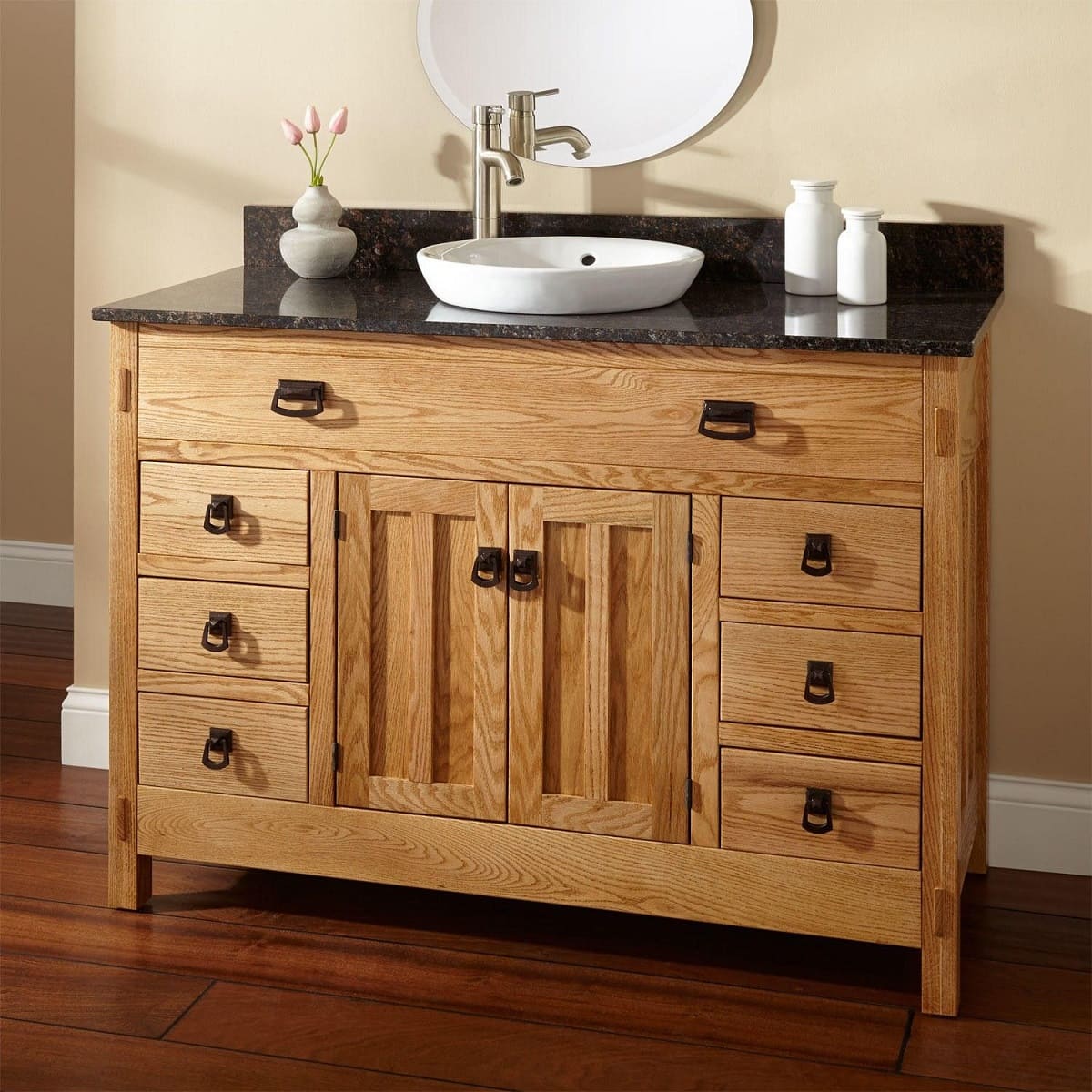
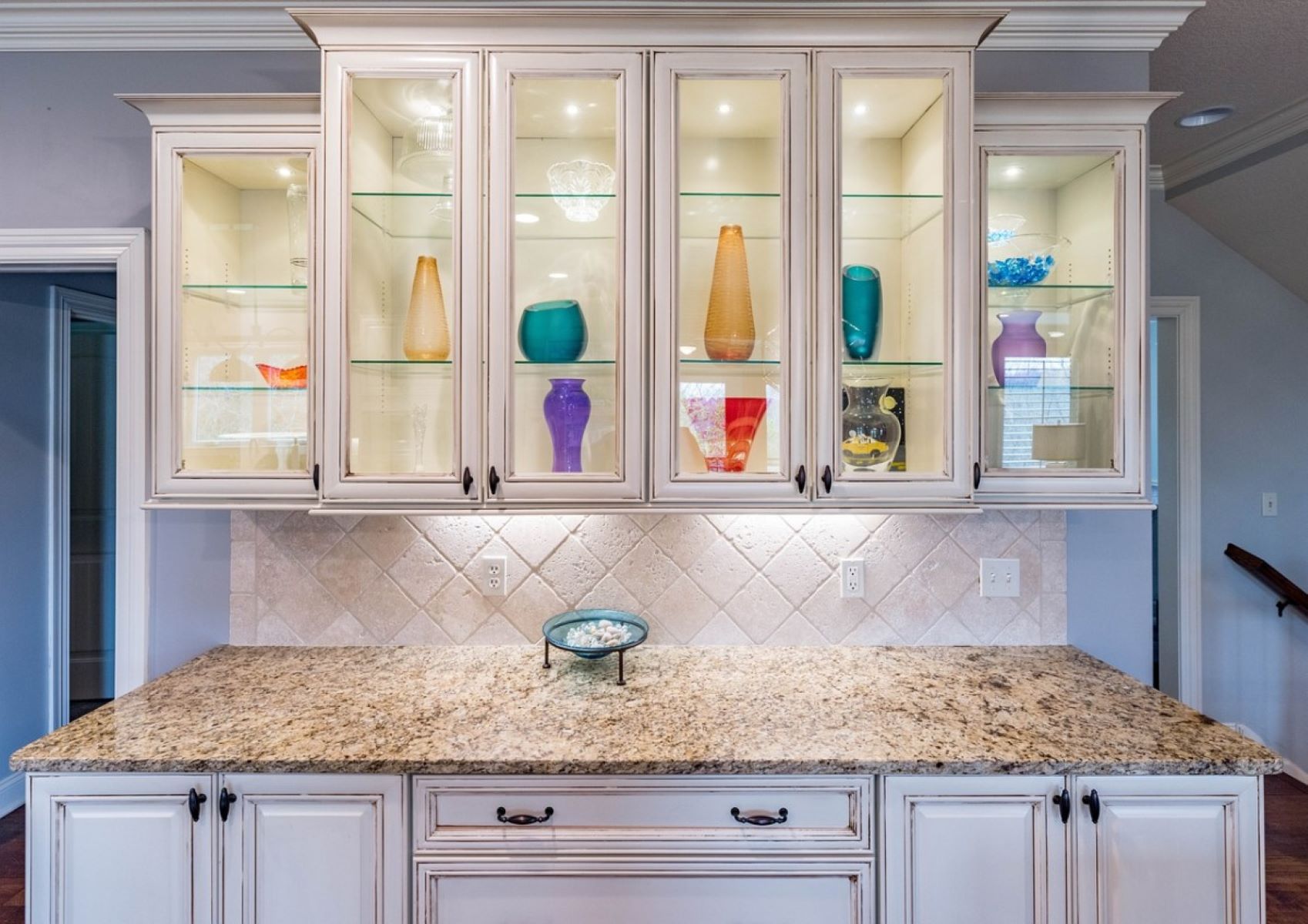
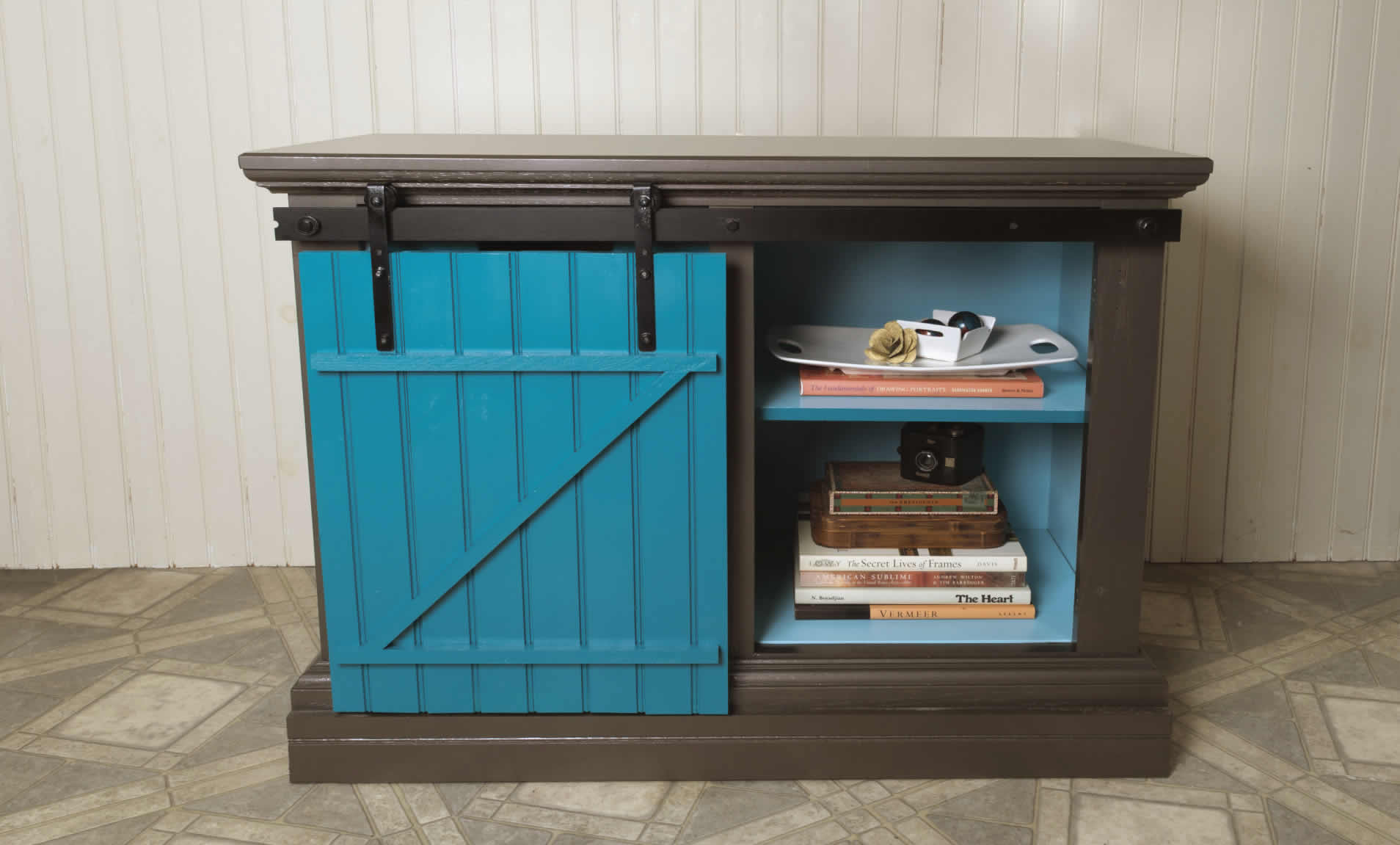
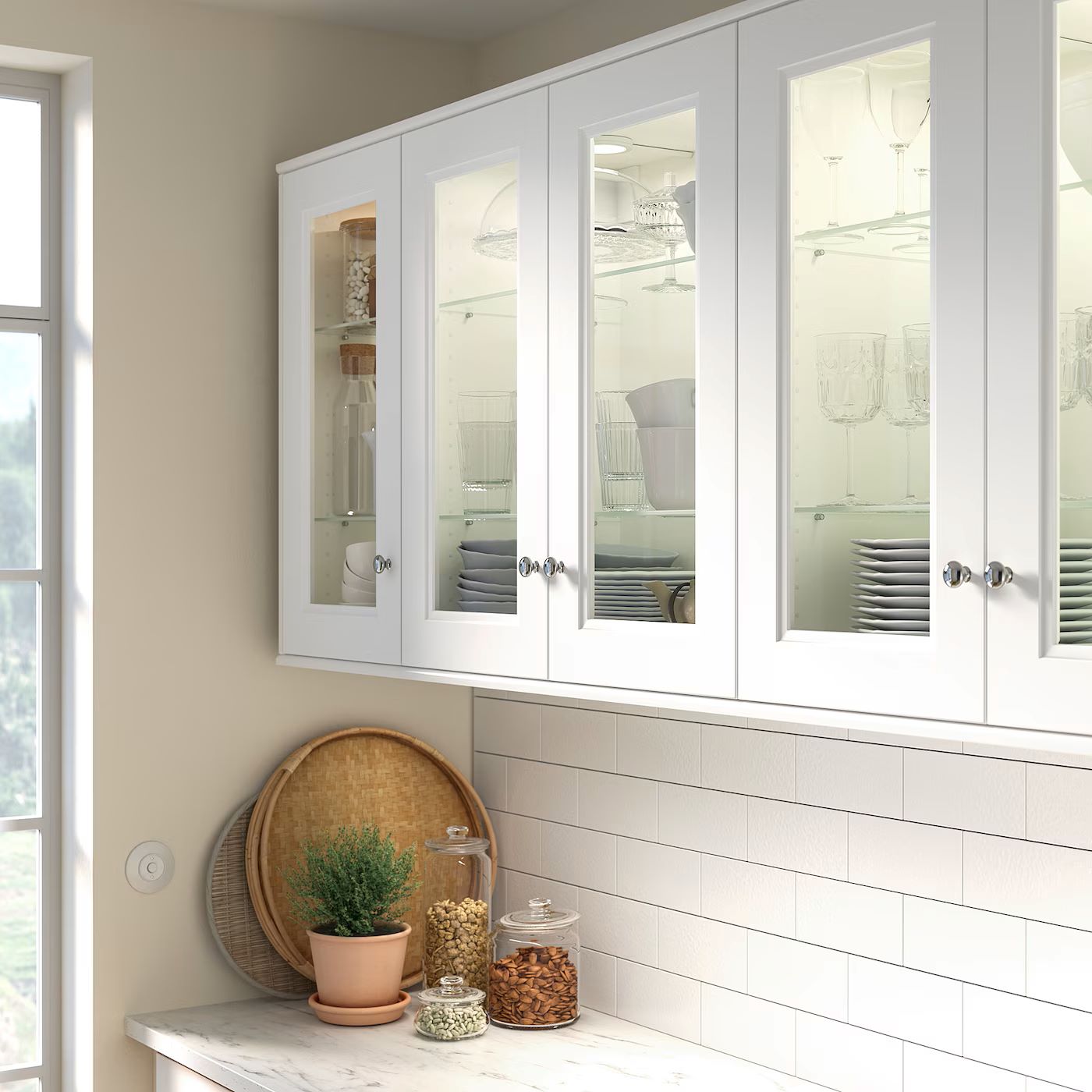


0 thoughts on “How To Clean Wood Cabinet Doors”